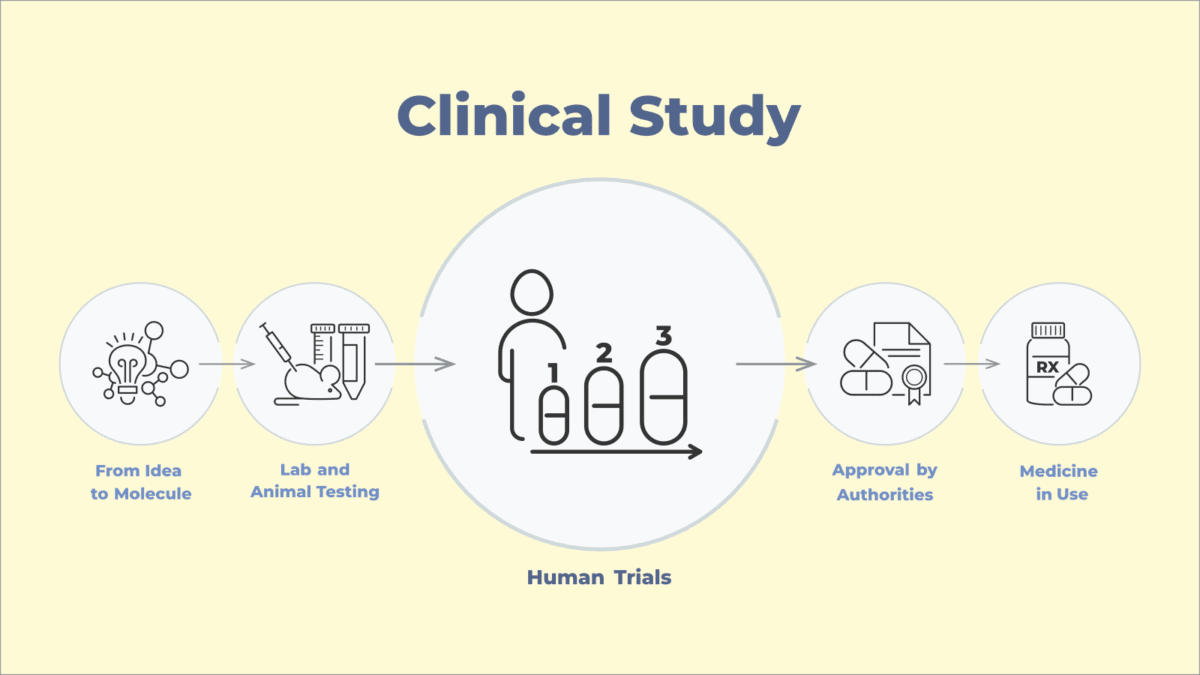South Australia must continue the momentum of progress towards hepatitis elimination and ensure that no community is left behind. This was the call from the State’s Minister for Health and Wellbeing, Chris Picton, in a message released on World Hepatitis Day, 28 July.
“We’re at a critical stage of our efforts to eliminate these infections, including significant progress towards eliminating hepatitis C in South Australia,” the Minister said, adding that the latter is a public health achievement of international and historical significance.
“The South Australian Government is proud to partner with Hepatitis SA, a leading provider of hepatitis prevention, education and support services,” he said, thanking all Hepatitis SA staff for their leadership and tireless efforts.
He was speaking in support of the launch of this HepSA Community News online platform.
…75 per cent of those with hepatitis B are not receiving the monitoring and care needed to maintain liver health.


As Australia marks this World Health Organisation (WHO) global public health day, we are reminded that almost 300,000 people in the country live with hepatitis B or hepatitis C, putting them at increased risk of serious liver disease and liver cancer. They shouldn’t have to be.
There is effective treatment and a vaccine for hepatitis B, and hepatitis C can be cured with highly effective direct-acting antivirals (DAAs).
The Federal Government and all State and Territory governments have committed to the WHO goal of eliminating viral hepatitis by 2030. The release of the Fourth National Hepatitis B Strategy and Sixth National Hepatitis C Strategy represents a re-commitment to the goal, and a call for accelerated action to meet the elimination goal.
Only 60 per cent of people living with hepatitis C have started DAA treatment, and even more concerning is the fact that 75 per cent of those with hepatitis B are not receiving the monitoring and care needed to maintain liver health.
Hepatitis B
There are over 200,000 people in Australia with chronic hepatitis B, including more than 10,500 in South Australia. An estimated one third of people in South Australia with hepatitis B are undiagnosed.
In South Australia only between 17 to 23 per cent of people with hepatitis B are receiving care, lagging behind the national average, and well short of the target of 50 per cent.
Hepatitis B affects people from regions of high prevalence and First Nations people at a higher rate than the wider community. Many First Nations and migrant communities face barriers accessing testing and care.
Without more investment and accelerated action … at-risk and vulnerable populations will not receive the care they need to prevent needless adverse outcomes and deaths.
Deaths attributed to hepatitis B increased by 7 per cent between 2017 and 2022, rather than the targeted 30 per cent reduction .
Without more investment and accelerated action, Australia will not meet its 2030 hepatitis B elimination targets. More importantly, at-risk and vulnerable populations will not receive the care they need to prevent needless adverse outcomes and deaths.
In the 2024 World Hepatitis Day campaign, the hepatitis community in Australia is calling for universal hepatitis B testing, more funding for peer and community workforce for outreach work, and expansion of services delivering information, support and linkage to care for at-risk communities.
Hepatitis C
While there has been great success in curing 60 per cent of people with hepatitis C since the availability of DAAs on the Pharmaceutical Benefits Scheme, there are 74,000 people in Australia still living with the virus, with about one in five undiagnosed.
Although more than half of people living with hepatitis C in South Australia have been treated, there is a need to reach the undiagnosed and to prevent reinfections, through needle and syringe programs and continued awareness-raising.
Nationally, prisons are now the primary sites of transmission, helping to sustain the hepatitis C epidemic in Australia.
Of the 80,000 people incarcerated annually in Australia, over 15 per cent are living with hepatitis C. Due to a lack of needle and syringe services in prisons and detention facilities, people who are incarcerated are needlessly infected, and frequently reinfected following cure.
In its call for accelerated action, the hepatitis sector in Australia are asking for:
- needle and syringe programs to be implemented in prisons and other places of held detention,
- bringing services to communities to ensure easy access to information, testing, treatment, support and linkage to care.
In South Australia
After a COVID-19-induced hiatus on physical events, face-to-face World Hepatitis Day activities are resuming.
Information and Fibroscan
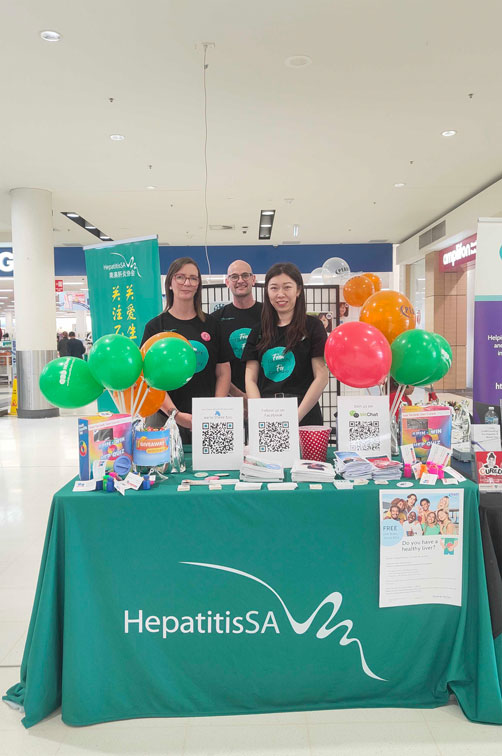
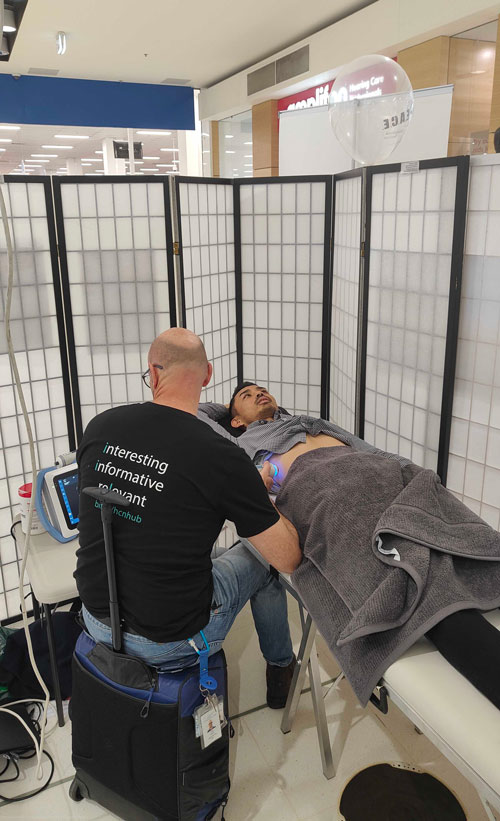
In the lead-up to World Hepatitis Day, Hepatitis SA, the Central Viral Hepatitis Nurses and PEACE Multicultural Services ran an information table with free Fibroscan liver health checks at the Arndale Shopping Centre in Kilkenny. By lunchtime, nurse Jeff had scanned 21 people!
Community News Website Launch
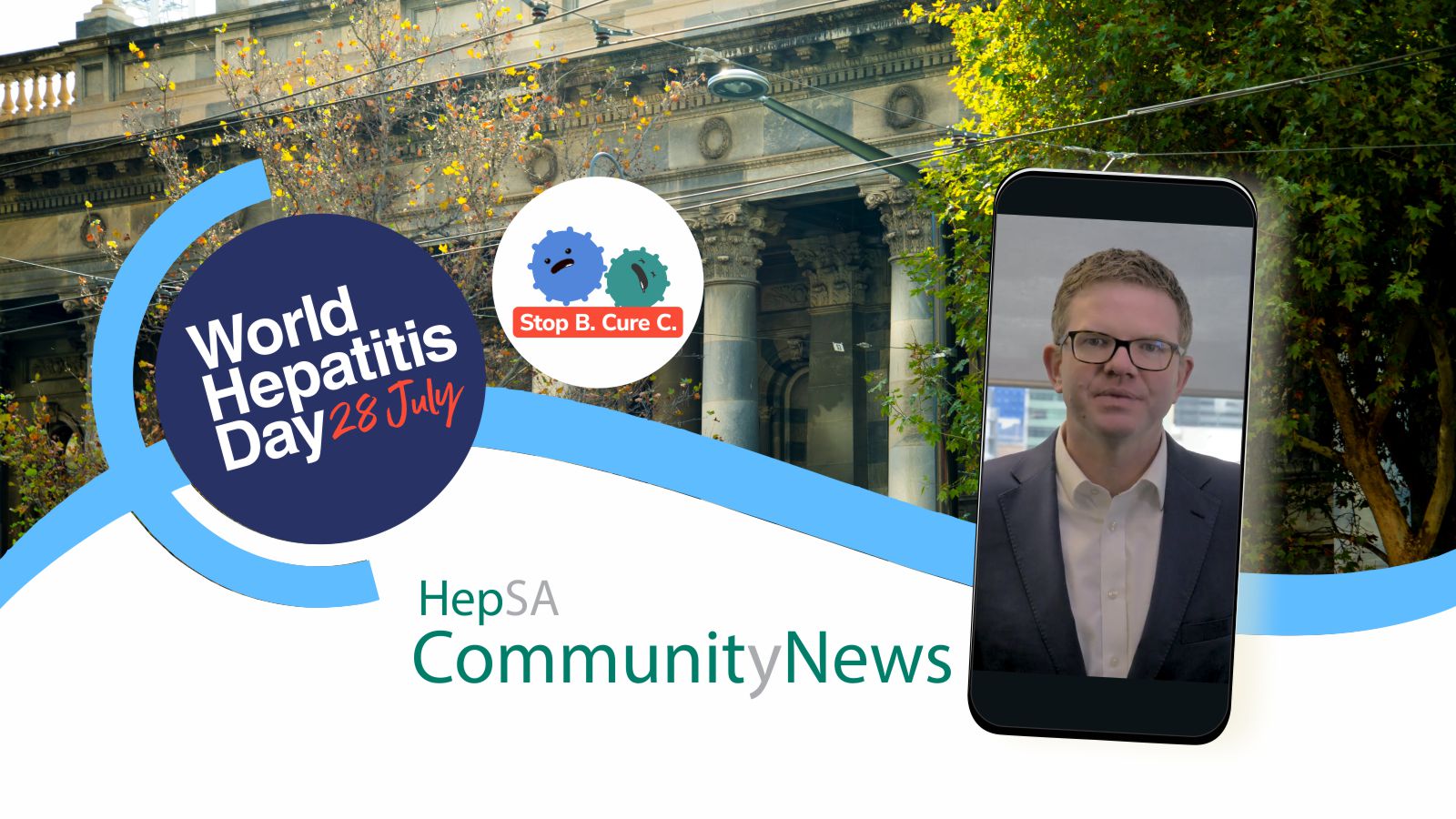
HepSA Community News site Launch – The HepSA Community News platform was officially launched on Sunday, 28 July, along with a World Hepatitis Day message from SA Health Minister Chris Picton. Find out more.
WHD 2024 Small Grants
A number of community organisations have taken up a Hepatitis SA small grant to host community events to raise awareness about viral hepatitis and liver health in their communities. Organisations who have activities planned include:
- Nunyarra Aboroginal Health Service in Whyalla
- Tarpari Aboriginal Health Services in Port Pirie
- Aboriginal Community Connect in Prospect
- Chinese Welfare Services in Adelaide
- CASA Chinese Ethnic School in Glenunga
- Congolese Community of SA in Adelaide

Hepatitis B Advocacy
Cancer Council SA and Hepatitis SA have written to South Australian MPs from electorates with higher hepatitis B prevalence, urging them to help raise hepatitis B awareness in their communities, and to support the call for more resources to increase hepatitis B testing and care in order to achieve elimination by 2030.
Count and Colour

Count and Colour is a quiz activity for people in prison with a prize for those who call the Hepatitis SA Helpline with the correct answer. It will be available in all SA prisons until the end of August.
Glow Green
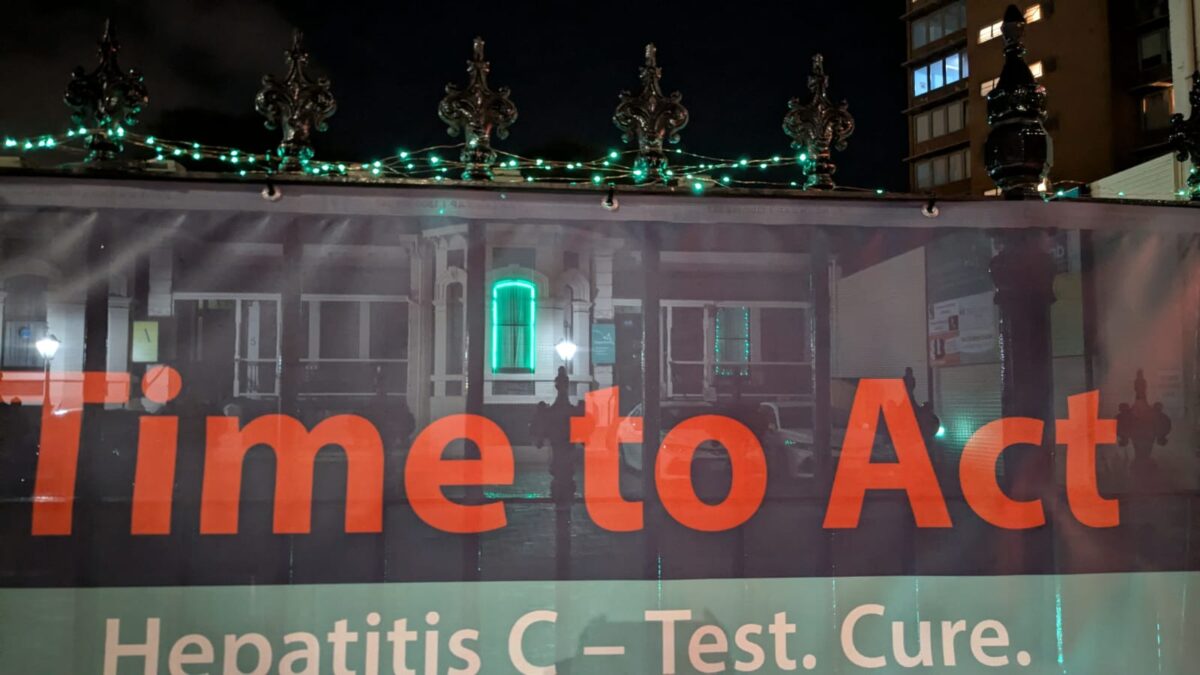

As part of the national campaign to raise community awareness of hepatitis, buildings around Australia will be lit green on or around 28 July. Green is the colour of the #NOhep movement. This year the SA Parliament House, the Elemental Sculpture in Victor Harbor, Unley Town Hall, the Hepatitis SA office in Hackney and Community Access and Services SA in Ascot Park will go green.
Sources:
- National Surveillance for Hepatitis B Indicators: Annual Report 2022, Tracking Australia’s Progress Towards Hepatiits B Elimination, WHO Collaborating Centre for Viral Hepatitis, The Doherty Institute.
- World Hepatitis Day Factsheet 2024, Hepatitis Australia.
Last updated 13 September 2024
More from:
Enjoyed this article? Subscribe to be notified whenever we publish new stories.
Subscribe for Updates


